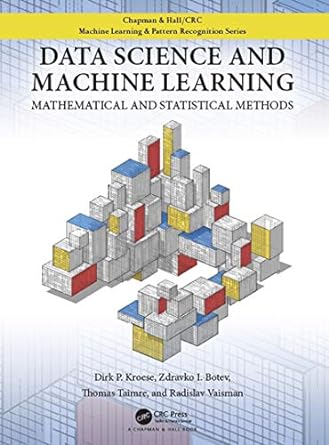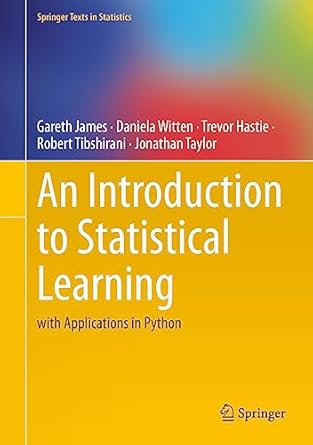Course Description
This course provides a robust foundation in Data Science, integrating theoretical knowledge with practical skills, leveraging Python programming for data science applications. It starts with an introduction to Python basics and progresses through advanced libraries like NumPy, Pandas, Matplotlib, and Seaborn. This structure allows for the practical application of theoretical concepts in real-world scenarios. The course introduces Statistical Learning as the groundwork for both supervised and unsupervised predictive modeling, leading into more complex areas of machine learning and deep learning. Key topics include convex optimization and the concept of entropy in data science, emphasizing how mathematical principles underpin these areas. Students will develop problem-solving skills in data science by combining mathematics with programming, enhancing their intuition about data science applications. Furthermore, the course covers essential techniques for training predictive models, such as using gradient descent to build training loops, and methods for inference and performance evaluation of predictive models. It also delves into fundamental machine learning models, including linear regression, logistic regression, k-means, and KNNs. Each lecture is supplemented with hands-on labs, quizzes on the Learning Management System (LMS), Python notebooks, and mathematical exercises, ensuring a comprehensive understanding of each topic. The course culminates in a capstone project where students apply their accumulated knowledge to solve a significant Data Science problem. The course also emphasizes the ethical considerations, societal impact, and professional responsibilities involved in Data Science, fostering a sense of continuous learning and professional development.
Course Main Objective
The primary objective of this course is to develop students' proficiency in Data Science by deeply understanding its mathematical underpinnings and computational techniques, enabling them to expertly apply Python-based tools in complex data analysis and modeling tasks, while also critically evaluating the ethical and societal dimensions of their technical solutions.
Course Learning Outcomes (CLOs)
- CLO1: Apply the fundamentals of Python programming for AI and data science and visualization.
- CLO2: Demonstrate a thorough knowledge of AI, Statistical Learning, and fundamental Machine Learning models to build supervised and unsupervised predictive models.
- CLO3: Develop predictive models using convex optimization techniques and evaluate their performance.
- CLO4: Execute a team capstone project applying theoretical knowledge to solve a significant AI and Data Science problem.
- CLO5: Reflect on the ethical implications, safety, societal impact, and professional responsibilities involved in AI and Data Science.
Weight of Assessments
- Final Exam
- Major Exam
- Project
- Assignments
- Quizzes
- Attendance and Participation

